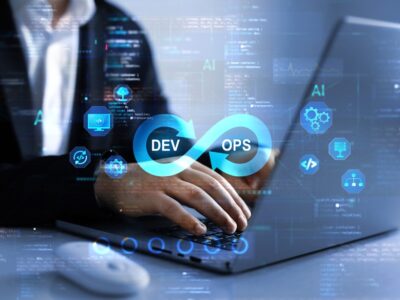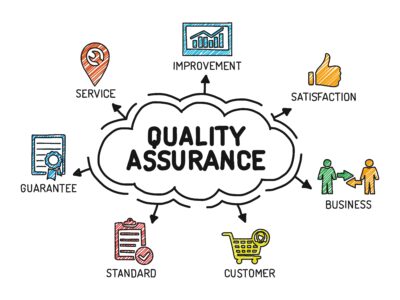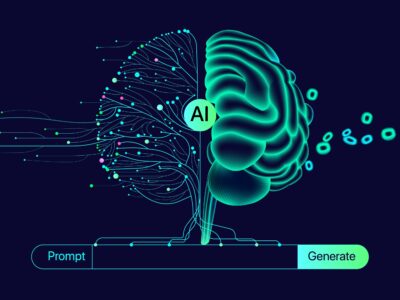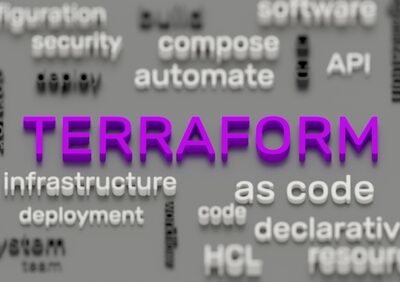- Program
- Program
- Schedule
- Business, Leadership & Organization
- Cloud Platforms & Infrastructure
- DevSecOps
- Kubernetes & Cloud Native
- CI/CD: Automation & Delivery
- System Design & Software Architecture
- Observability & Reliability
- DevOps Transformation Day
- Platform Engineering Summit
- Kubernetes Bootcamp
- Advanced Kubernetes Bootcamp
- DevSecOps Days
- Speakers
- More Program
- Program
- Program
- Call For Papers
- Program
- Program
- Program
- Tickets
- Tickets
- Tickets
- Tickets
- Tickets
- Tickets
- Tickets
- Program
- Formate
- Inhouse
- Blog
- Info
- DevOpsCon
- Downloads
- Sponsors & Expo
- Sponsors & Expo
- Info
- Camps
- Editions
- Jetzt anmelden
- Register Now
- Register Now
- Register now
- Register Now
- Register now
- Register now
- Register Now
Oct
13,
2025
We can take a nice, modern definition of Platform Engineering from Luca Galante – “Platform engineering is the discipline of designing and building toolchains and workflows that enable self-service capabilities for software engineering organizations in the cloud-native era. Platform engineers provide an integrated product most often referred to as an...
Sep
30,
2025
What methods can teams use to address risky software delivery, siloed teams, unreliable software, lack of visibility, and difficulty scaling systems? Let’s take a look at how to properly implement GitOps and automate security with various tactics like Tekton, Argo CD, and utilizing Sealed Secrets in Kubernetes.
Sep
2,
2025
Do you have questions about Fluent Bit? This article goes in-depth into how observability works with Fluent Bit, how to integrate OTEL, how to use Kubernetes with Fluent Bit, and some pointers on how to debug any potential issues.
Jul
15,
2025
In modern software development, Kubernetes has become a leading solution for container orchestration, enabling developers to deploy, manage, and scale containerized applications efficiently. Despite its capabilities, handling configurations can be challenging, especially at large scales. Kustomize addresses this issue by offering a tool specifically designed to simplify and maintain Kubernetes...
May
27,
2025
Platform Engineering is emerging as a critical discipline to address one of today’s biggest challenges in software development: the overwhelming cognitive load on developers. As modern development teams take on more responsibility across the application lifecycle—building, deploying, securing, and operating software—the complexity of managing cloud infrastructure has become a significant...
Apr
23,
2025
DevOps Teams that achieve daily releases have mastered a unique set of skills and practices to ship software faster and more frequently, with higher confidence. This high frequency release model differs significantly from the traditional Scrum framework with 2-week sprints (or longer). In this article, we’ll dive into the daily...
Mar
5,
2025
How can quality assurance teams prepare for complexities of the future? Let us explore advanced testing strategies, practical automation adoption, and agile collaborative practices that can future-proof your QA process, including risk-based testing, AI-powered testing, and benefits of continuous learning and upskilling.
Feb
27,
2025
Generative AI is transforming the software development landscape, offering powerful tools for coding, testing, and content creation. But how reliable is it? In this blog, we explore its capabilities, limitations, and ethical considerations to help you understand where it fits—and where it falls short.
Dec
18,
2024
The modern cloud-native world relies heavily on Kubernetes for automating the deployment, scaling, and management of containerised applications. AWS EKS (Elastic Kubernetes Service) simplifies Kubernetes management by offering a managed service, handling the complexities of control plane operations. Yet, deploying and managing the infrastructure manually can still pose challenges in...
Nov
21,
2024
In today’s fast-paced software industry, Agile teams are constantly racing to meet delivery goals with tight timelines and frequent iterations. But what happens after the sprint? Moving code from a developer's branch to production swiftly and reliably is a challenge many teams face. This is where the Continuous Delivery Pipeline...
Stay Tuned:
Explore other Tracks
Business & Company Culture
Navigate the Human Side of DevOps.
Cloud Platforms
Scale Your Cloud Apps with Terraform, Serverless & beyond.
DevSecOps & Cloud Security
Secure DevOps from code to cloud with shift-left practices and AI.
Containerization & the Kubernetes ecosystem
Kubernetes: from fundamentals to advanced edge deployments.
Continuous Integration & Continuous Delivery
Automate Your Processes: Build High-Performance CI/CD Pipelines.
System Design & Software Architecture
Build scalable microservices with cutting-edge tools and patterns.
Observability & Service Mesh
Discover how tools like Grafana, Cilium, and OpenTelemetry can transform app data.
GET DEVOPS NEWS AND UPDATES!
Join our community and stay up to date!
GET DEVOPS NEWS AND UPDATES!
Join our community and stay up to date!
GET DEVOPS NEWS AND UPDATES!
Join our community and stay up to date!
Unlock Exclusive Discounts & Free Recordings Today

Register for a free devmio Fullstack membership to secure:
 6 months access to session recordings.
6 months access to session recordings.
 $100 discounts on DevOpsCon New York tickets.
$100 discounts on DevOpsCon New York tickets.
 1 year unlimited access to devmio - the conference platform.
1 year unlimited access to devmio - the conference platform.
Sign Up today and get a taste of DevOpsCon New York! Free for a limited time.
GET DEVOPS NEWS AND UPDATES!
Join our community and stay up to date!
GET DEVOPS NEWS AND UPDATES!
Join our community and stay up to date!
Hoi Amsterdam - We Are Coming Soon!
Join Our Community to stay ahead with the latest trends, whitepapers, webinars and Early Bird Offers.

GET DEVOPS NEWS AND UPDATES!
Join our community and stay up to date!









